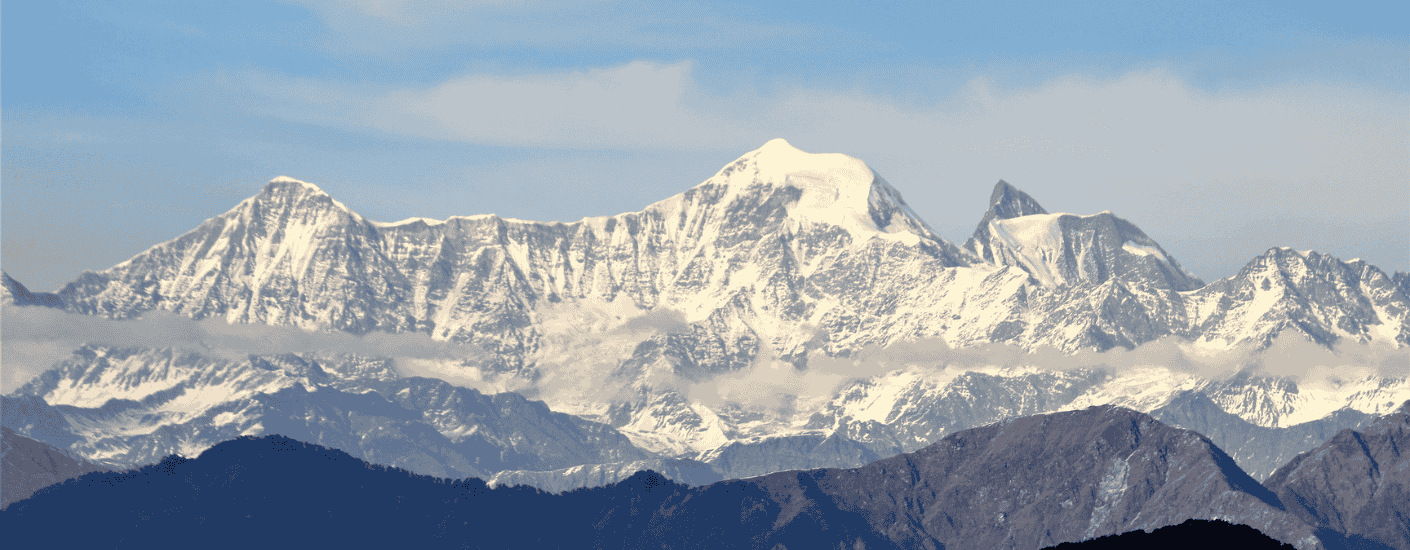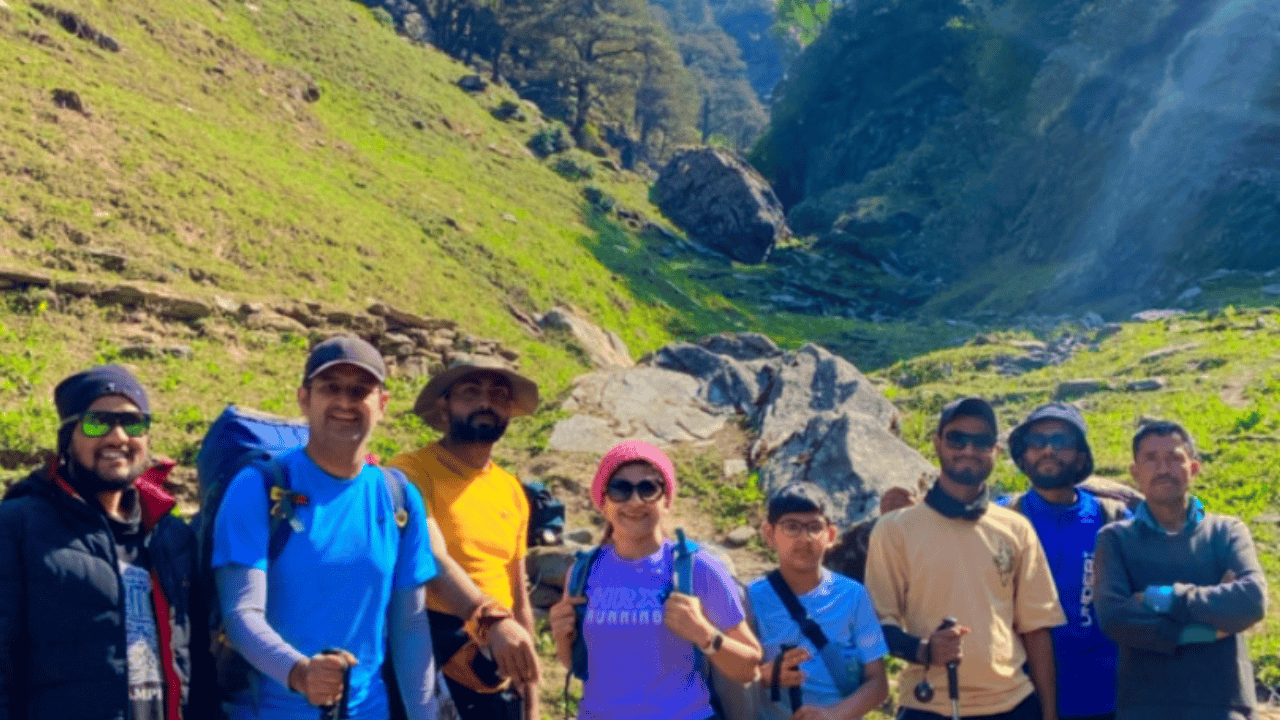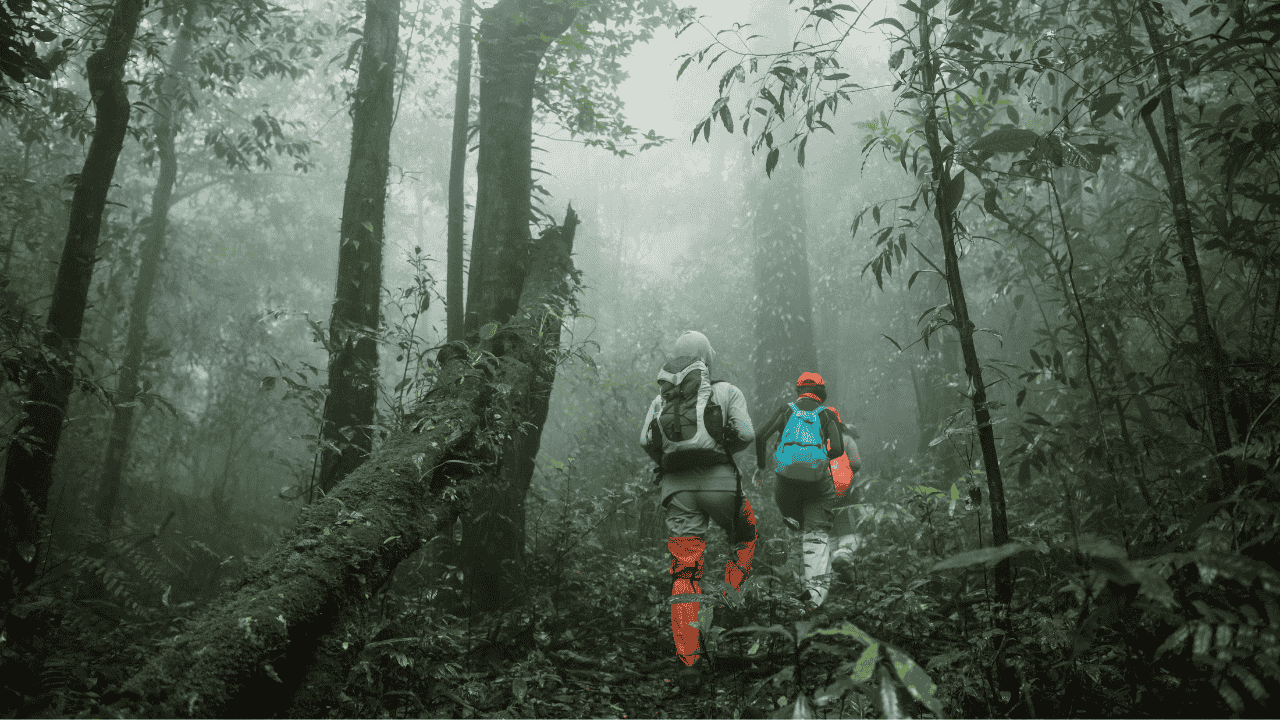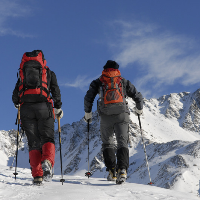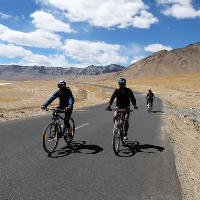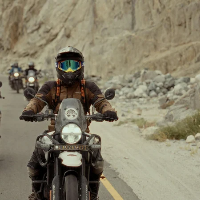Itinerary Description
Markha Valley Winter Trek is a mesmerizing journey through the snow-covered landscapes of Ladakh, offering a stark and serene contrast to its vibrant summer version. Spanning 8 to 10 days, this trek covers approximately 63 km across frozen rivers, snow-blanketed villages, and rugged mountain trails. Starting near Spituk, the route passes through quiet Ladakhi hamlets like Zingchen, Skiu, and Markha Village, where ancient monasteries and traditional lifestyles abound even in the harsh winter.
The trek ascends approx 4050 meters, providing breathtaking panoramic views of the Zanskar and Ladakh mountain ranges, with snow-capped peaks gleaming under the winter sun. The deep silence of frozen rivers, star-lit skies, and occasional wildlife sightings, including possible glimpses of snow leopards, make this trek a magical journey into Ladakh’s wilderness.
Best trekked between December and February, Markha Valley Winter Trek demands moderate to high fitness due to cold conditions and snowy terrain, rewarding adventurers with unique solitude and stunning Himalayan vistas.
Short Itinerary
Arrive at Leh (3,500 mts)
Acclimatization at Leh (3,500 mts)
Drive to from Leh to Skiu (3,430 mts) 70 km (2 to 3 hours) and trek to Sara (3600 mts) 11 km ( 5 to 6 hours )
Sara (3600 mts) to Markha (3700 mts) 10 km ( 5 to 6 hours )
Markha (3,700 mts) to Lower Hunkar (4,000 mts) 10 km (7 hours)
Lower Hunkar (4,000 mts) to Upper Hunkar (4,050 mts) (2 km 1 hours ) and back to Markha (3,700 mts) 12 km (6 hours)
Markha (3,700 mts) to Sara (3,500 mts) 10 km (5 to 6 hours )
Sara to Leh (3,500M) via Skiu.
Departure From Leh (3500 mts)
Detailed Itinerary
Day 1
Arrive at Leh (3,500 mts)
As you step onto the tarmac of Kushok Bakula Rimpochee Airport, the first shock of Ladakhi winter embraces you – thin, crystalline air at -10°C that makes each breath visible. The drive to your hotel reveals Leh in its winter hibernation: shuttered shops, deserted streets, and the majestic Leh Palace standing sentinel over a frozen landscape. The afternoon is dedicated to the art of stillness – no showers, no strenuous activity, as your body begins its critical adaptation to both altitude and extreme cold. Evening brings a comprehensive winter trek briefing focusing on frostbite prevention, layer management, and the unique challenges of winter camping. You retire early under heavy blankets, the profound silence of winter Leh broken only by the occasional barking of a street dog echoing through the frozen night.
Day 2
Acclimatization at Leh (3,500 mts)
The dawn reveals Leh transformed into a monochrome wonderland, with sunlight glittering on frost-encrusted buildings. Today`s gentle acclimatization includes a slow walk to Shanti Stupa, testing your layering system while learning to recognize the early signs of altitude sickness in freezing conditions. The winter market offers glimpses of local survival strategies – vendors selling traditional Ladakhi boots stuffed with wool, shops displaying pressure cookers (essential for high-altitude cooking), and the distinctive smell of burning juniper wood permeating the cold air. An essential gear check follows, examining every item from your -30°C sleeping bag to the chemical hand warmers that will make the difference between comfort and misery. The evening includes a dinner at the homestay or hotel, where you learn about winter survival techniques passed down through generations in one of the world’s most challenging environments.
Day 3
Drive to from Leh to Skiu (3,430 mts) 70 km (2 to 3 hours) and trek to Sara (3600 mts) 11 km ( 5 to 6 hours )
The journey proper begins with a dramatic drive along the frozen Indus River, its surface marbled with extraordinary ice formations. At Skiu, you meet the frozen Markha River – your highway into the valley. The trek to Sara follows the ice-covered riverbed, your micro spikes crunching rhythmically on the frozen surface. The sound of the ice groaning and cracking beneath your feet becomes the soundtrack to your journey. Winter has stripped the landscape to its essentials: bare poplar trees stand like skeletons against the blue sky, frozen waterfalls create surreal ice sculptures on canyon walls, and the only signs of life are the tracks of snow leopards and foxes crossing your path. Arriving at Sara as the winter light fades, you experience your first true winter camping – setting up tents on snow, melting ice for water, and learning the crucial skill of keeping your gear dry in sub-zero temperatures. The temperature plummets to -20°C after dark, making the simple act of boiling water an accomplishment.
Day 4
Sara (3600 mts) to Markha (3700 mts) 10 km ( 5 to 6 hours )
Today`s trek reveals the Markha Valley in its winter solitude. The trail passes through villages abandoned for the season, their stone houses standing empty like archaeological sites. Frozen irrigation channels trace silver lines across white landscapes, and the occasional Buddhist prayer flag provides the only color against the monochrome backdrop. The winter light creates extraordinary effects – sun dogs (ice crystal halos) around the sun, diamond dust glittering in the air, and the mountains glowing with an almost supernatural alpenglow in the late afternoon. At Markha, one of the few villages with winter residents, you`re welcomed into a local home where the family shares stories of winter survival and ancient legends about the valley`s protective deities. Sleeping in a traditional Ladakhi kitchen, warmed by a dung-fired stove, provides a rare glimpse into the resourcefulness that has enabled human habitation in this extreme environment for centuries.
Day 5
Markha (3,700 mts) to Lower Hunkar (4,000 mts) 10 km (7 hours)
The trek to Lower Hunkar takes you deeper into high-altitude wilderness, following a side valley where snow leopard sightings are most frequent. Your guide teaches you to read the winter landscape for signs of the elusive ghost cat – scrapes on rocks, scent markings, and the distinctive pug marks that tell stories of nocturnal movements. The air grows thinner and colder as you ascend, with the snow deepening and the landscape becoming increasingly stark and dramatic. At Lower Hunkar, you establish what feels like the most remote camp on earth, surrounded by peaks that glow like embers in the sunset. The evening is spent scanning the slopes with spotting scopes, watching the blue shadows of twilight creep across the mountains while learning about the conservation efforts that have helped protect this unique ecosystem. The cold is so intense that water bottles freeze within minutes of leaving the tent, and the stars appear with a brilliance impossible to experience in warmer climates.
Day 6
Lower Hunkar (4,000 mts) to Upper Hunkar (4,050 mts) (2 km 1 hours ) and back to Markha (3,700 mts) 12 km (6 hours)
A pre-dawn start brings you to Upper Hunkar for sunrise, the climb through fresh snow requiring careful route-finding. From this vantage point at 4,050 meters, the entire Markha Valley unfolds in winter splendor – frozen rivers snake through white valleys, ice-covered peaks stretch to the horizon, and the morning light transforms the landscape into a study in blue and gold. This is the realm of high-altitude specialists: you might spot the tracks of the Tibetan wolf, see golden eagles circling on thermal currents, or witness the spectacular sight of a lammergeier (bearded vulture) soaring against the immense mountain backdrop. The return to Markha follows a different route, offering new perspectives on the winter landscape and allowing time to absorb the profound experience of having ventured into the heart of the snow leopard`s domain. The relative warmth of Markha village feels like returning to civilization after days in the raw wilderness.
Day 7
Markha (3,700 mts) to Sara (3,500 mts) 10 km (5 to 6 hours )
The final trekking day follows your inbound route but reveals completely different aspects of the landscape in the changing winter light. The knowledge gained over the past days transforms your perception – you now recognize different snow crystal types, understand how temperature affects snow stability, and can identify the subtle signs that distinguish various animal tracks. The return to Sara feels both triumphant and melancholic – the body relieved to be descending to slightly warmer altitudes, the spirit already nostalgic for the raw beauty of the high valley. Your final winter camp becomes a place of reflection, sharing stories around the stove of moments that defined the journey: the perfect snow leopard track preserved in river ice, the village elder`s blessing in Markha, the otherworldly beauty of diamonds dust glittering at sunrise. As the temperature drops for the final time, you understand that this trek has been less about reaching destinations and more about learning to see the hidden beauty in what initially appeared to be a frozen, lifeless landscape.
Day 8
Sara to Leh (3,500M) via Skiu.
Day 9
Departure From Leh (3500 mts)
WHAT'S INCLUDED
WHAT'S NOT INCLUDED
Are you eligible for this adventure?
Annapurna Base Camp Trek takes you to a height of 4,130M and is rated a moderate level trek for its long trekking distances. For its elevation and distances, it is recommended for trekkers with some prior experience in the high-altitudes.
Grade
Moderate
Max Altitude
4050 mts
Distance
63 km

WMRS Level Required

Terrain

Prerequisite Skills

Fitness Benchmark
WMRS Level Required
WMRS 4
Annapurna Base Camp Trek is a level 4 adventure on the Bikat Rating Scale.
This makes it mandatory for you to have high-altitude experience of preferably multiple treks marked at level 3 on the WMRS. The altitude, the terrain, and the nature of the climb demand a certain level of endurance and a need for you to be aware of how your body reacts to the various features of the high-altitude environment.
If you do not know what level of WMRS trek would suit you best, worry not! Fill out this Form:
We will send you a progression chart to help you comfortably get out of your comfort zone in order to level up and ultimately reach your highest potential in the big, bad world of outdoor adventure.
Packing List
This is a list of essential items for individuals going on a trek with Wanderin’ Man Adventures. This list contains only those items which the participants are required to bring with them. The list excludes those items which are provided by Wanderin’ Man Adventures on the trek. We have divided the items into five categories. All the items in the list are essential except for those marked as optional.
🟩 Trekking Gear
- Rucksack bag with rain cover
- Day Pack Bag - Recommended for treks with summit day
- Head Torch with spare Batteries
- UV protection sunglasses
- Water Bottles - 2 bottles of 1 liter each
🟩 Footwear
- Non-skid, deep tread, high-ankle trekking shoes - 1
- Pair of light weight Slipper/Sandals for the campsite - 1
🟩 Clothing
- Quick Dry Warm lower or Track Pants - 2
- Full sleeves T-shirts/Sweatshirts (1 for every 2 days of trekking)
- Pair of thick woolen socks (1 pair for every two days of trekking)
- Thermal Body warmer Upper & Lower - 1
- Undergarments (1 for each day of the itinerary)
- Warm jacket closed at wrist & neck - 1
- Full sleeves sweater - 1
- Rain wear (Jacket & Pants) - 1
- Pair of water-proof, warm gloves - 1
- Woolen cap - 1
- Sun shielding Hat - 1
- Multipurpose Buff - 2
🟩 Toiletries
- Personal toiletries kit (Small Towel, Toilet paper, paper soap, Bar soap, toothbrush, toothpaste, cold cream, etc.)
- Sun screen lotion small pack (SPF 30 & Above) - 1
- Lip Balm small pack - 1
🟩 Utensils
- Small size, Lightweight & Leak proof lunch box - 1
- Plate - 1
- Spoon - 1
- Tea/Coffee (plastic) Mug - 1
🟩 Miscellaneous
- Camera (Optional)
- Carry your medicines in plenty in case you have any specific ailment. Consult your doctor before joining the trek.
- Dry fruits, Nuts, Chocolate bars (Optional)
Note-
- For long treks, please carry a spare sunglasses.
- For winter trek please try to carry a thermal water bottle.
- For long winter treks, please carry an extra pair of warm pants.
Frequently Asked Questions
Why Wanderin Man?
(SET- Safety, Expertise & Trust )

Safety
- ●Small Group Size in the ratio of 6:1 (participant to leader)
- ●No compromise on safety and sustainability promise
- ●Experienced and Certified Mountaineering Professional Leaders
- ●Region Mapped with Emergency Evacuation Plan
- ●Certified Standard Equipment by UIAA (International Climbing and Mountaineering Federation certification) & other Similar Bodies
- ●Minimized Risk Management Standard Operating Procedure are applied for every Trek and tour
- ●Certified First Aid Support and Doctors* with constant availability of Safety Equipments like Medical Kit, Rescue Kit
- ●Constant communication is aided with the help of Communication Devices
- ●Certified and registered Transporter for transportation purpose

Expertise
- ●Founders of the company have extensive experience of 15 years having organized approx 2000+ trekking, Expeditions and other adventure activities.
- ●Wanderin’ Man Adventures operating expeditions above 8000 mts.
- ●Under the umbrella of Wanderin’ Man Adventures 15 + adventure activities Programs have been organized
- ●Founders have mountaineering certifications from the esteemed mountaineering institutes of India.
- ●Team is composed of experienced mountaineers and trek leaders with thorough understanding of norms and procedures.

Trust
- ●Trust has been the hallmark of our company since its inception be it any program on the list.
- ●Special emphasis is laid on the use of standard procedures and equipments as per the mountaineering norms
- ●95% of our clients have availed our service on repeat basis.
- ●Our business has expanded primarily based on the “word of mouth” from our existing clients to new ones
What Our Customers Say
Cancellation Policy
Cash Refund (All events including Friendship Peak Expedition except other Mountaineering Expeditions) - Cash refunds are only available for bookings made without any discounts, such as promotional codes or dynamic discounts. Additionally, cash refunds are not available for shifted batch bookings or if the booking status is "Booked". The amount of the refund will be determined based on the following guidelines:
Cancellations made up to 45 days before the departure date
Cancellations made up to 31 days before the departure date
Cancellations made between 30 and 21 days before the departure date
Cancellations made between 20 and 11 days before the departure date
Cancellations made less than 11 days before the departure date are not eligible for a cash refund.
Similar Adventures

Khopra Ridge Trek
Less popular, less crowded, more beautiful alternative to ABC
- Nepal
- 10 Days
- BRS 4
- 4767 m

Tarsar Marsar Trek
A Shorter and Easier Alternative to the Kashmir Great Lakes Trek
- Kashmir
- 7 Days
- BRS 4
- 4024 m

Hampta Pass Trek
An Enchanting Cross-Over from Manali to Spiti
- Himachal
- 5 Days
- BRS 4
- 4200 m
 Max Participants :
15
Max Participants :
15
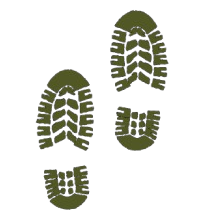 Trail Type :
Starting and ending at the same point
Trail Type :
Starting and ending at the same point
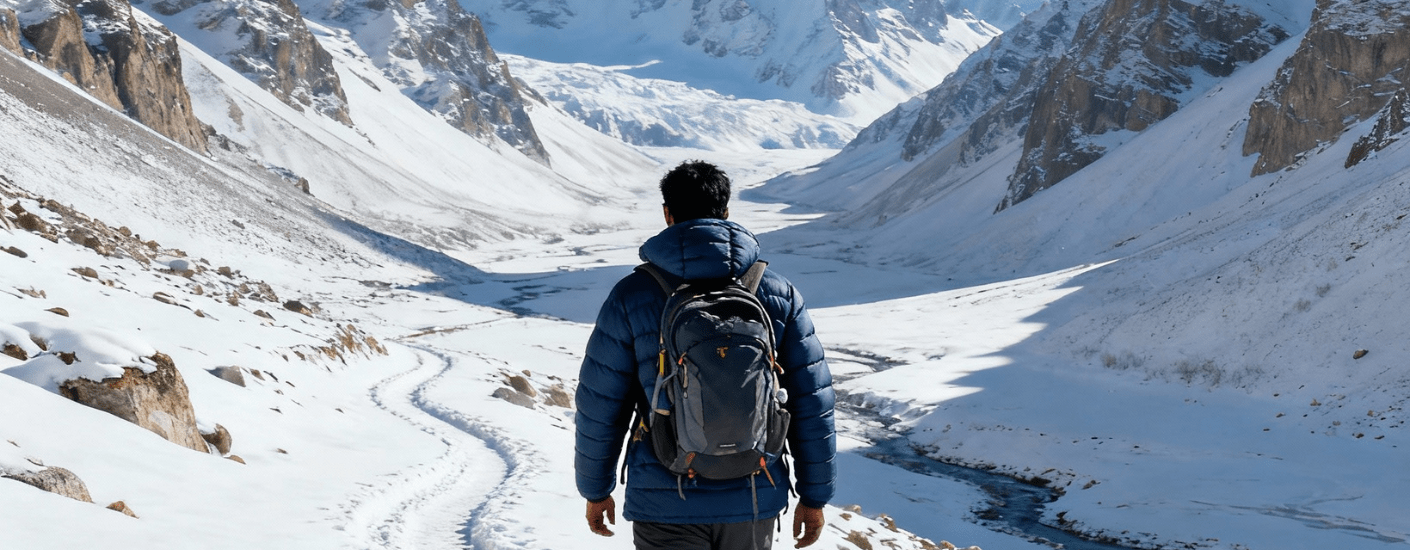
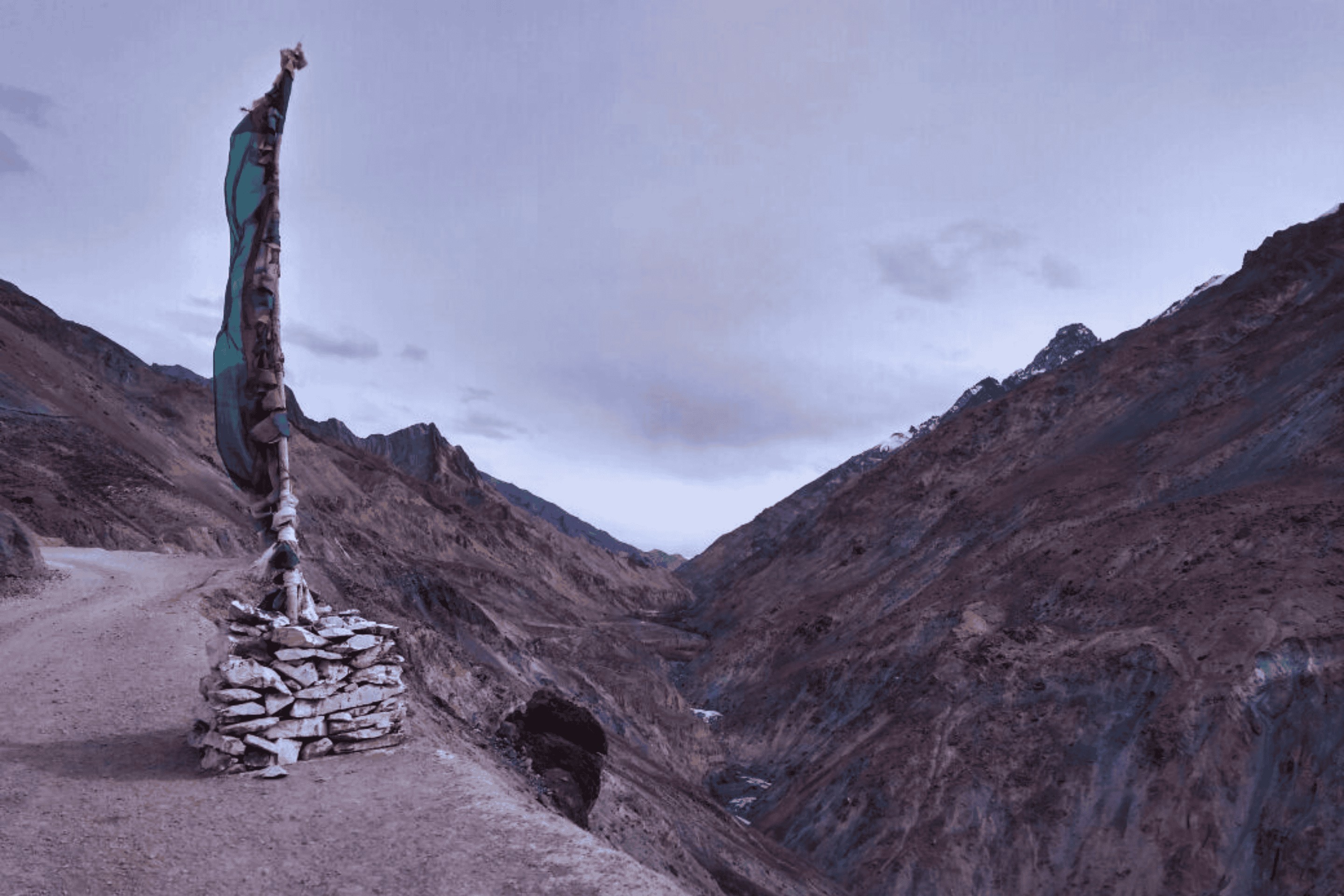


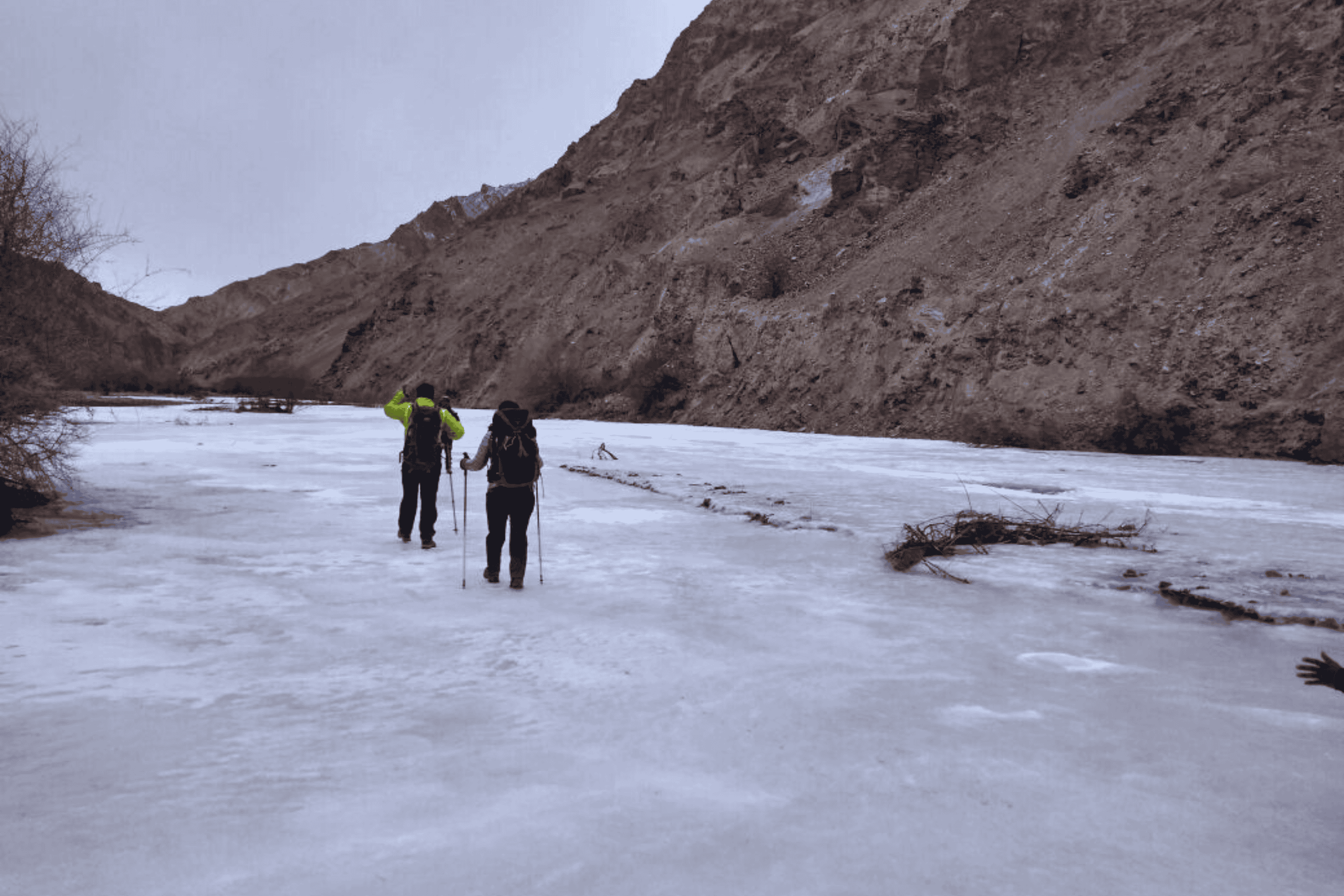
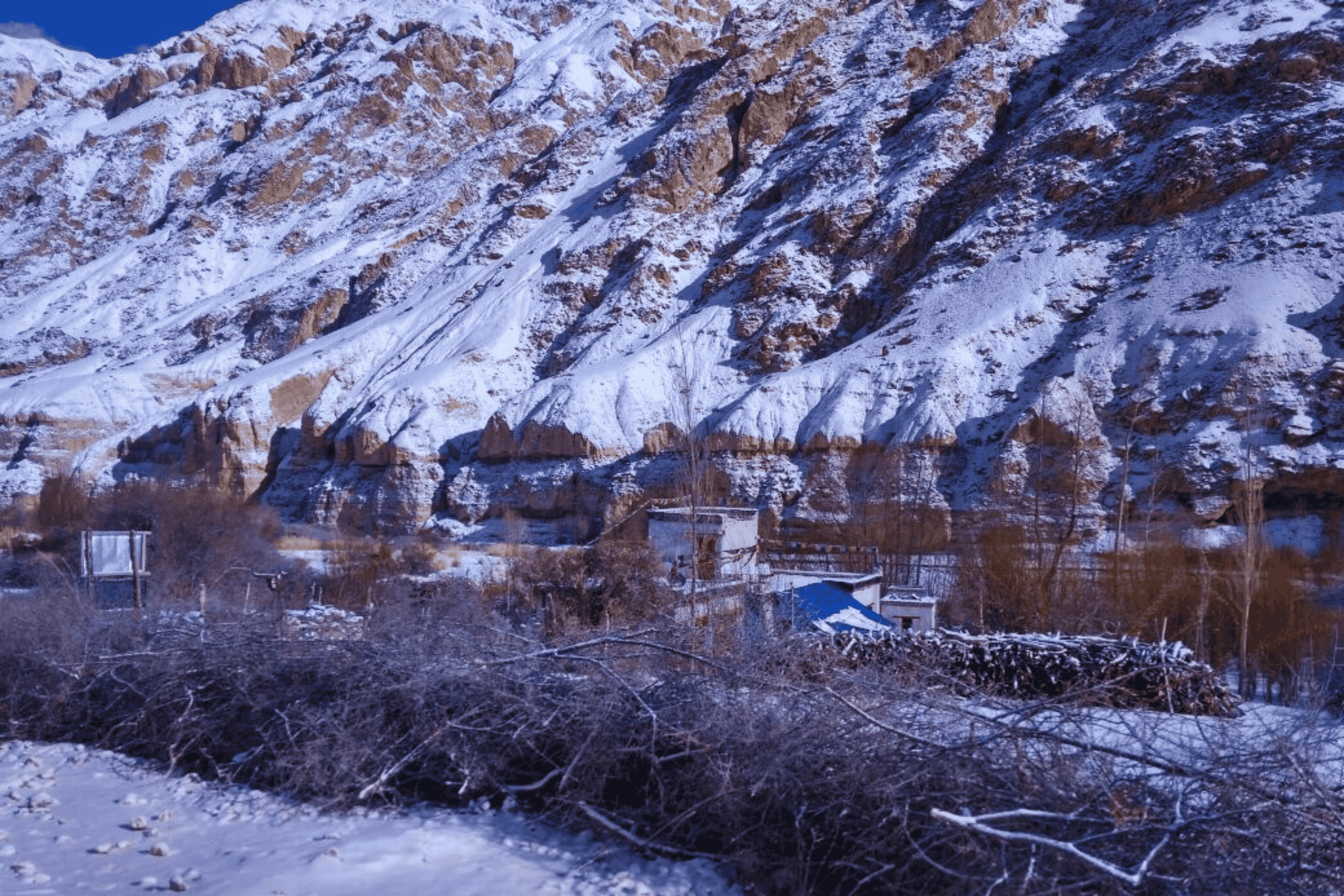

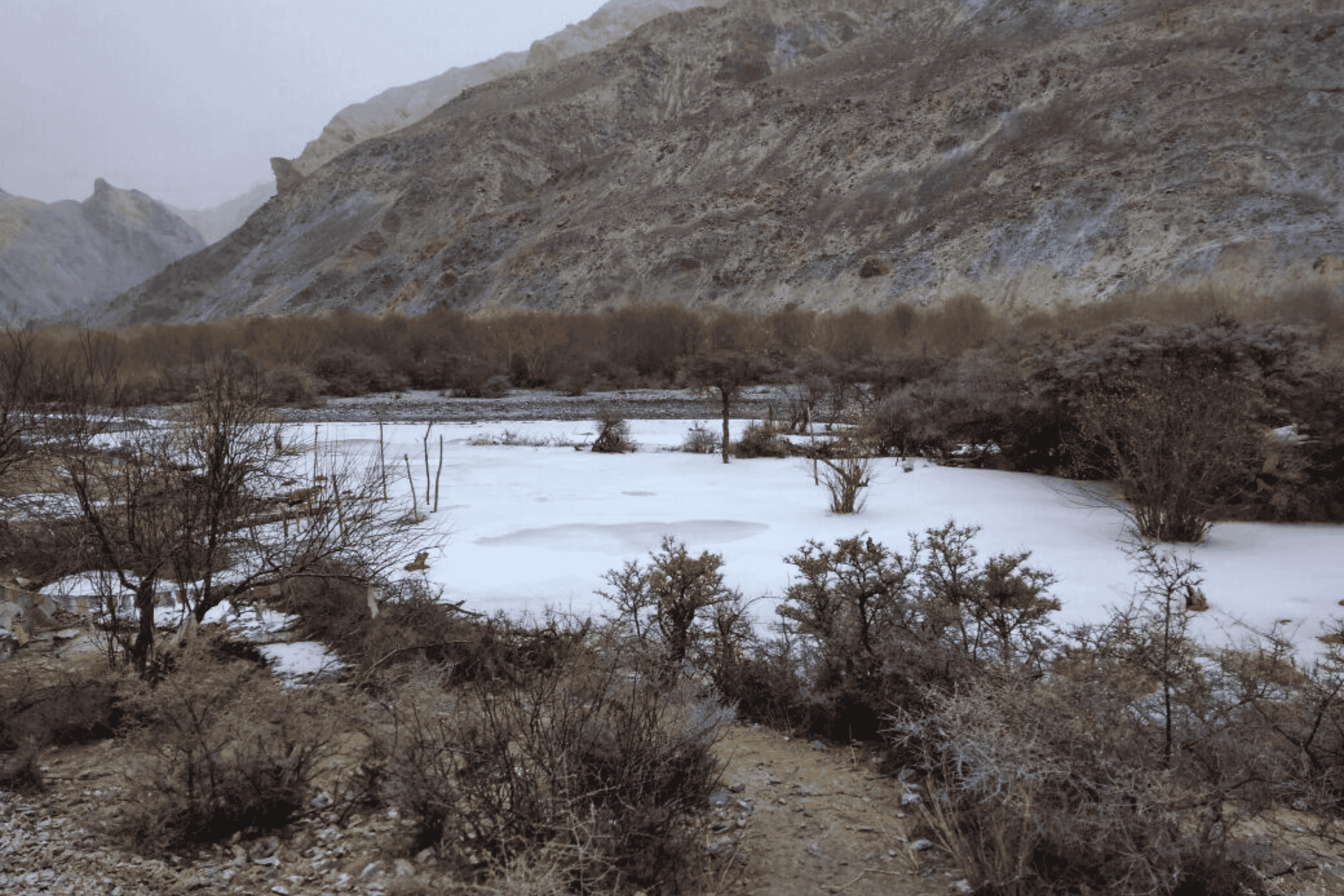
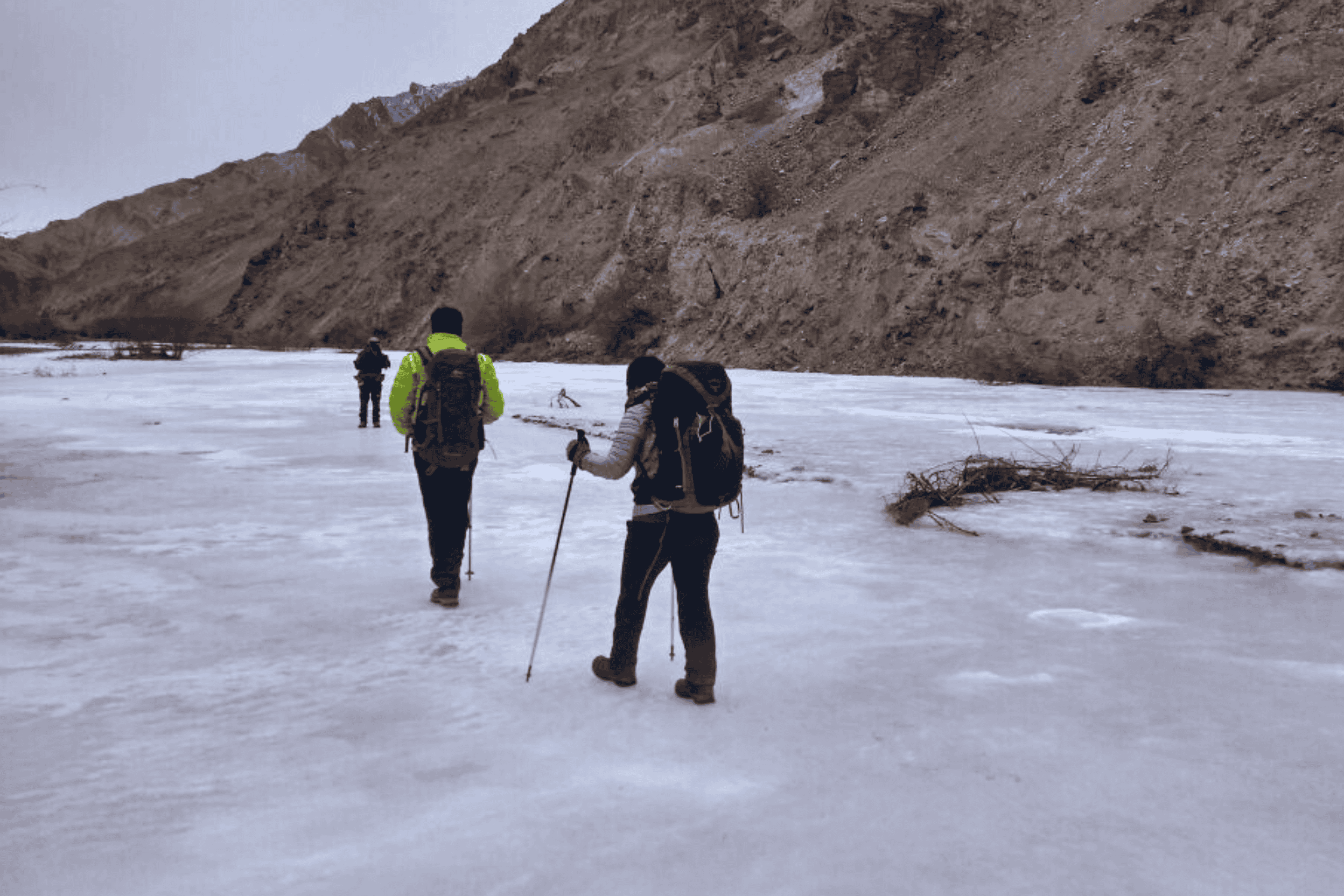


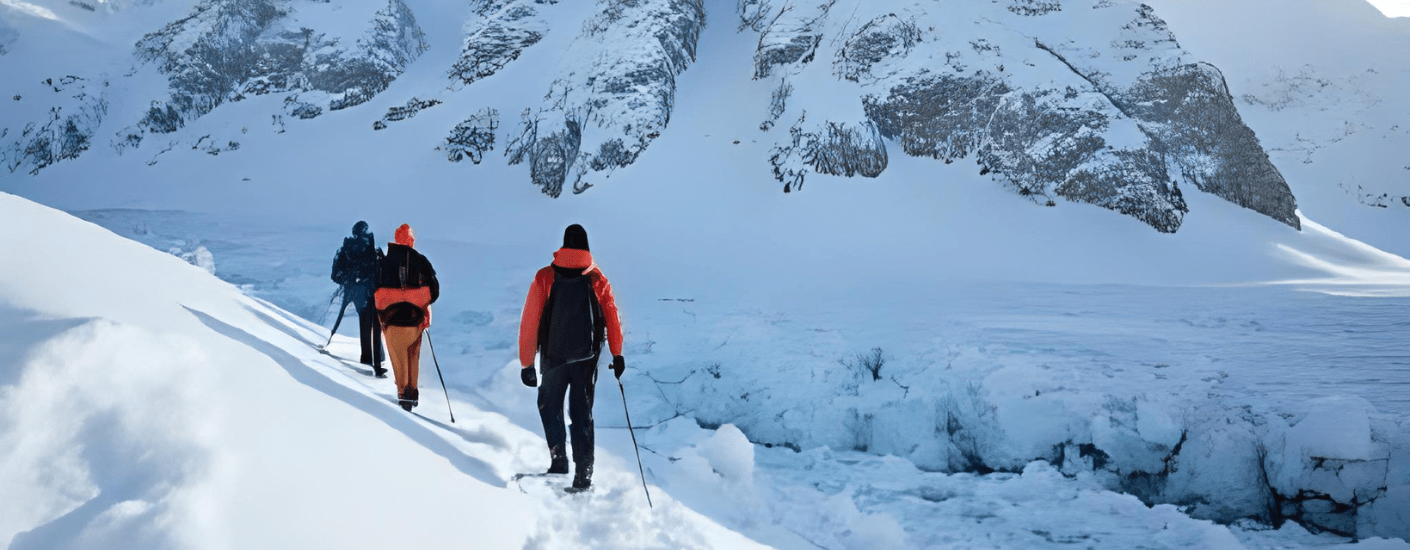

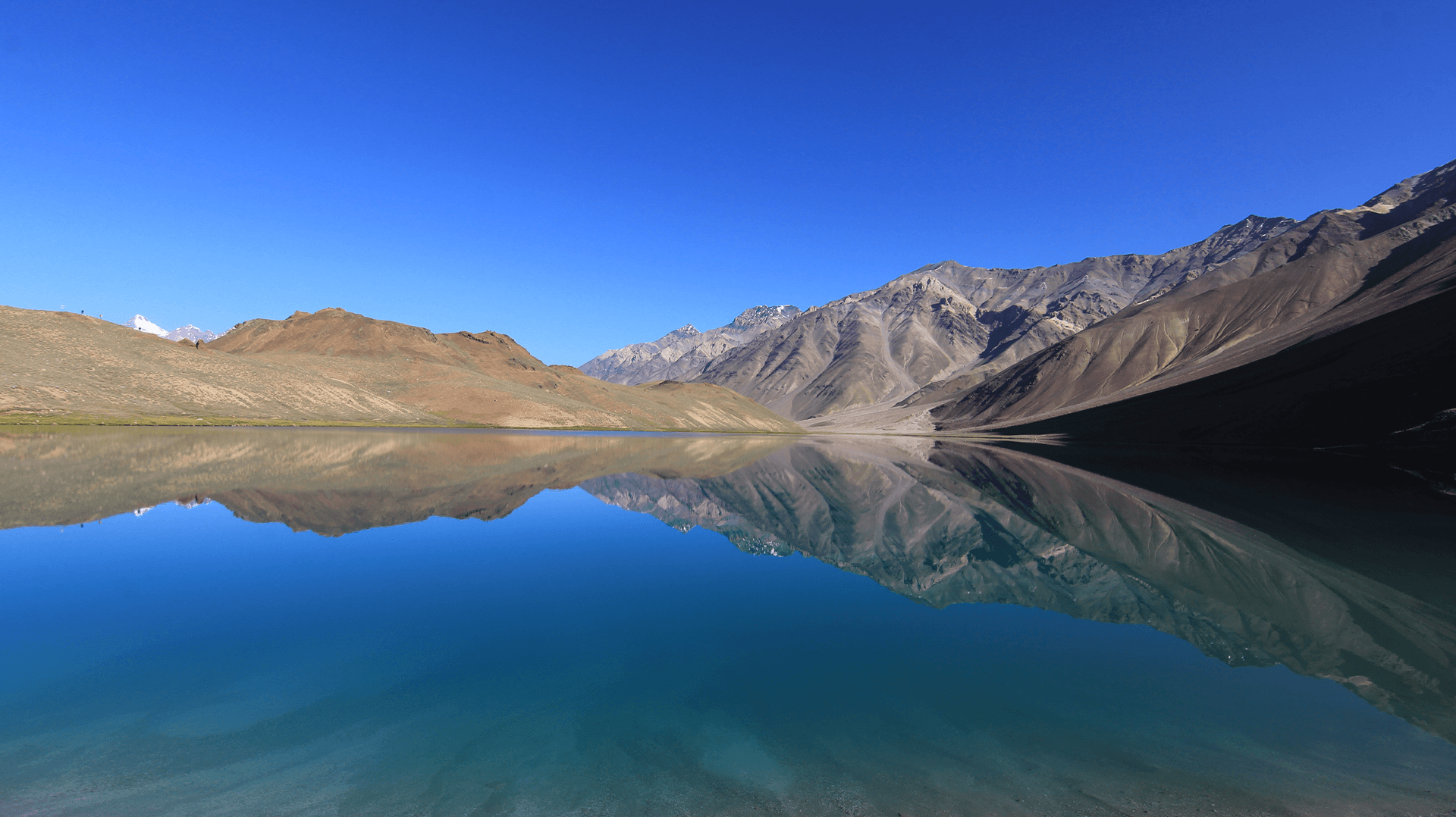
.png)

